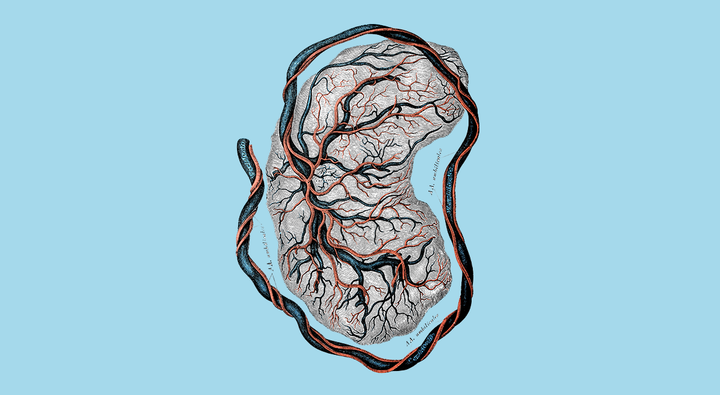
Black carbon particles have been found on the baby’s side of the placenta in women exposed to air pollution during pregnancy, scientists say. But further research is needed to determine whether they are able to reach the foetus.
Researchers say particle transfer across the placenta has been suggested before – but to date, no direct evidence in real-life, human context exists.
The study, published in Nature Communications, looked at 28 women. Professor Tim Nawrot, of Hasselt University in Belgium, and colleagues used high-resolution imaging to detect black carbon particles in placentae collected from five pre-term and 23 full-term births.
The researchers found that 10 mothers who had been exposed to high levels of residential black carbon particles – 2.42 micrograms per cubic metre – during pregnancy had higher levels of particles in the placenta than 10 mothers exposed to low levels of residential black carbon – 0.63 micrograms per cubic metre.
Black carbon particles are released every day into the air, largely from the combustion of fossil fuels. It is thought these can have detrimental effects on pregnancy outcome.
Researchers say it is important to understand how these particles act – through direct effects on the foetus or indirectly through the mother – to improve pregnancy care in polluted areas.
High blood pressure and fits in pregnancy have previously been linked to household pollution. Andrew Shennan, professor of obstetrics at King’s College London said: “Small particles, such as through smoking, can cause considerable disease related to the placenta, and these findings of particles in the placenta are a concern.”
He agreed that the possible effects of these particles on the baby and mother warrant further investigation. “The placenta is the interface between mother and baby and is key to nourishing and supporting all the needs of the baby,” said Professor Shennan. “Both the function and structure of the placenta is important, not only to the baby’s growth and wellbeing, but also to that of the mother.”